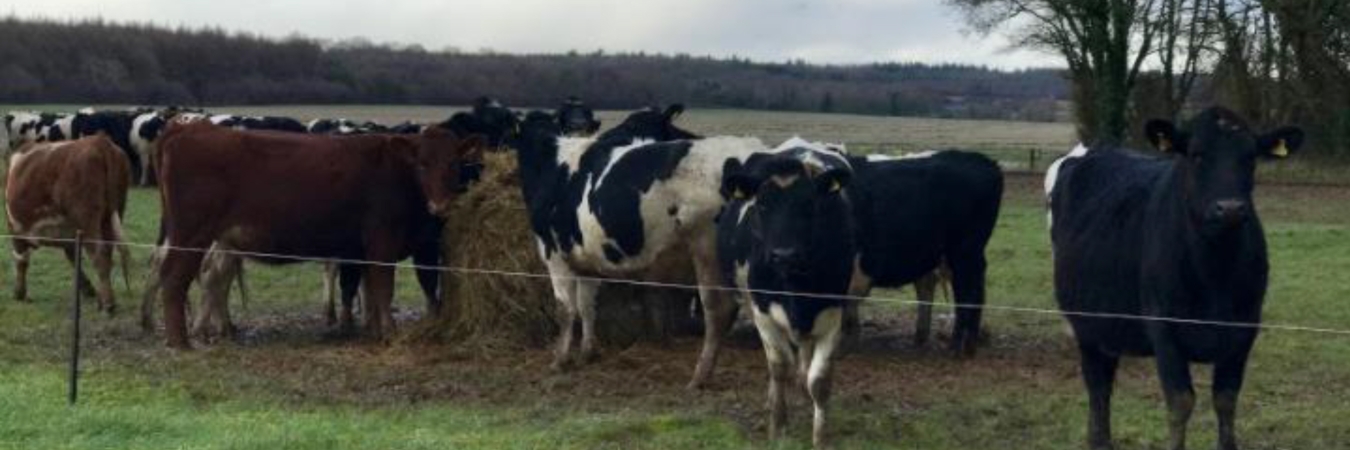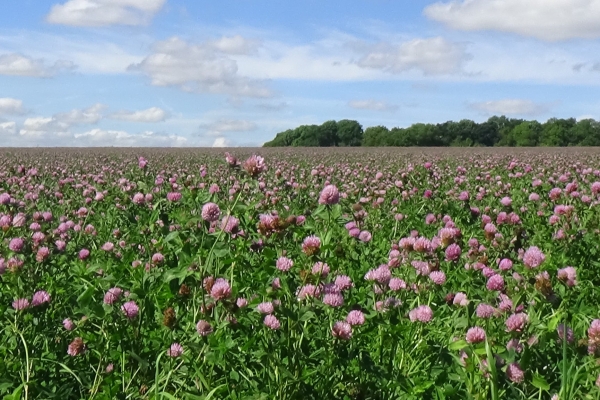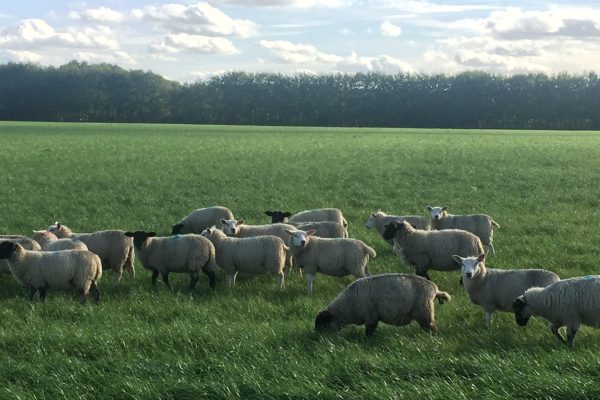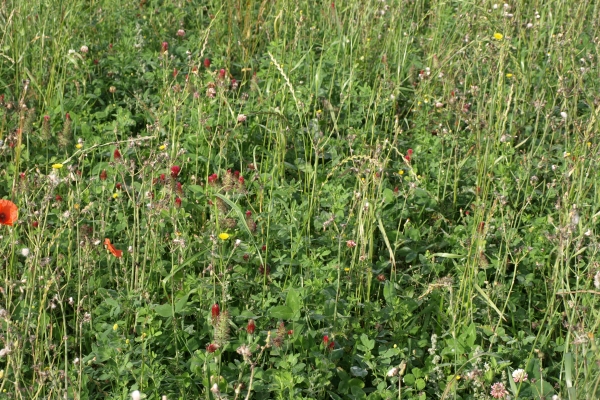Mixed farming through collaboration
Organic Management Techniques to Improve Sustainability of Non-Organic Farming
Resource explained
This abstract was composed as part of a Defra-funded project looking at organic management techniques that could be applied on non-organic farms and help improve sustainability. It describes information on arable and livestock farmers working together to deliver mixed farming and lists the main agronomic, economic and/or ecological value you can expect to gain from applying the method. It includes practical recommendations that will help you implement the method on your farm and other useful information such as the time of year you could apply the method, suitability according to your farming system, and equipment required. It also includes a case study of a farmer who is applying the practice. Potential benefits and potential barriers you would need to consider, financial implications, and how it relates to legislation are also listed.
Findings & recommendations
- There are agroecological benefits from mixed farming but it is not easy for specialist arable farms to integrate livestock into their systems as they lack the skills, labour and infrastructure.
- The document outlines the main types of collaborative arrangements between arable and livestock farms and the opportunities for mutual benefit.
- For success, clear agreements and (where necessary) contracts should be made agreeing a shared vision, targeting the benefits to provide the conditions for long-term stable collaboration.
- The practice is potentially easier for non-organic farmers to adopt since the resource specificity is not as high for the exchange of feed and manure (i.e. the need for organic inputs) and there are many more potential farms to integrate with.
- Initial investment costs can be high but ongoing costs can be neutral if the agreement is based on exchange.
- Cereal productivity can be increased and extra fodder/forage is produced for livestock with likely increases in net farm income.
- While there are many environmental/economic /social sustainability gains there are also risks and management can be more complex. There can also be a loss of autonomy in decision-making and dependence on others for action.
Header image: Strip grazing winter silage at Hemsworth Farm in Dorset. Photo credit: Sophie Alexander








